1. Eliminating Single-Gene Inherited Diseases
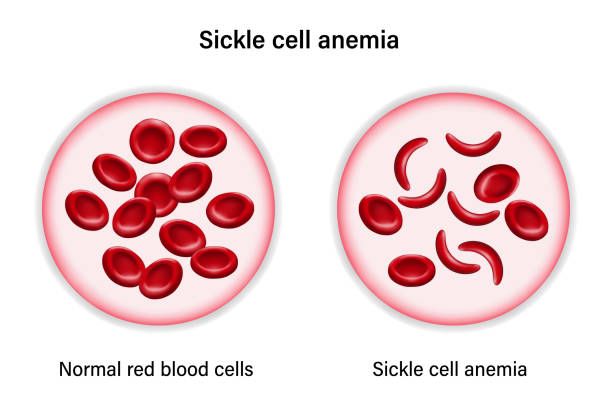
CRISPR could halt the generational transmission of monogenic disorders, which are caused by a single faulty gene. By editing the germline (reproductive cells or early embryos), scientists could permanently correct conditions like sickle cell anemia, cystic fibrosis, and Huntington’s disease, effectively removing them from a family’s genetic lineage forever. This is perhaps the most immediate and ethically defensible application of heritable human genome editing, promising a world where entire categories of genetic suffering become a memory rather than a genetic risk.
2. Engineering Universal Disease Immunity
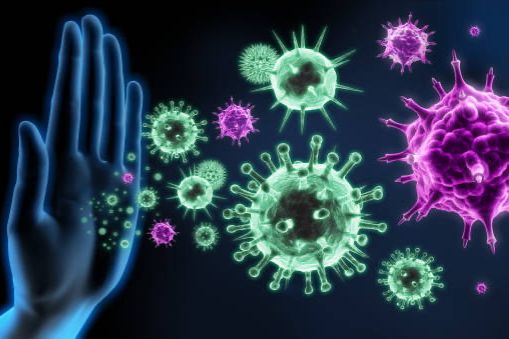
The technology may allow for the introduction of new genetic traits that confer broad, inherent resistance to infectious diseases. For instance, modifying the CCR5 gene to mimic a natural mutation that grants protection against HIV could be done for a new generation. Looking further, scientists could engineer immunity to future pandemics or currently incurable viruses, giving our species a biological armor that is passed down through generations, fundamentally changing humanity’s relationship with microbial threats.
3. Boosting Cognitive Abilities

The more controversial application of CRISPR is enhancement, which could include editing genes linked to cognitive function. While the genetics of intelligence are complex, involving many genes, precision editing could one day target polygenic traits to potentially enhance memory, processing speed, or learning capacity. This could create a divergence in cognitive potential between edited and unedited populations, thus creating a new vector for evolutionary change driven by technological access.
4. Lengthening the Human Lifespan

By targeting and correcting genetic variants associated with aging and age-related diseases, CRISPR could significantly extend the healthy human lifespan. Genes linked to telomere maintenance or cellular senescence are potential targets for germline modification. If this is successfully achieved and passed on, the “human average” life expectancy would climb dramatically over successive generations, shifting societal structures, and challenging the natural cycle of life and death that has shaped human evolution until now.
5. Customizing Metabolism and Diet

Genetic variations affect how individuals process nutrients, leading to different susceptibilities to conditions like diabetes or obesity. CRISPR could be used to optimize metabolic pathways, creating offspring who are inherently resistant to common dietary diseases or who can efficiently extract maximum nutrition from a wider variety of food sources. This would represent an evolutionary adaptation to modern high-sugar, high-calorie environments, bypassing the need for slow, natural selection.
6. Conferring Environmental Resilience

As climate change accelerates, CRISPR could be employed to give future generations genetic advantages against environmental stressors. This might involve editing genes to improve resistance to extreme heat, air pollution, or higher levels of UV radiation. Such directed evolution would represent a radical, rapid adaptation to a changing planet, potentially enabling humanity to thrive in conditions that would naturally cause severe genetic bottlenecks.
7. Enhancing Physical Strength and Stamina

Targeting genes like MSTN (Myostatin), which regulates muscle growth, could lead to inherited increases in muscle mass and strength without extraordinary training. Similarly, edits could optimize oxygen efficiency in the bloodstream or lungs, resulting in naturally enhanced endurance and stamina. The resulting “super-athletes” or physically enhanced workforce would introduce a new dynamic into competitive sports and labor, impacting social stratification over time.
8. Improving Complex Behavioral Traits

Beyond physical and cognitive traits, scientists may one day attempt to influence complex behavioral tendencies, such as risk tolerance or empathy, by manipulating associated polygenic markers. While the ethical minefield here is immense, the theoretical possibility exists to edit genes linked to aggression or predisposition for mental illness. This opens the door to a form of evolutionary social engineering aimed at creating a more stable or peaceful human population.
9. Reducing Cancer Predisposition
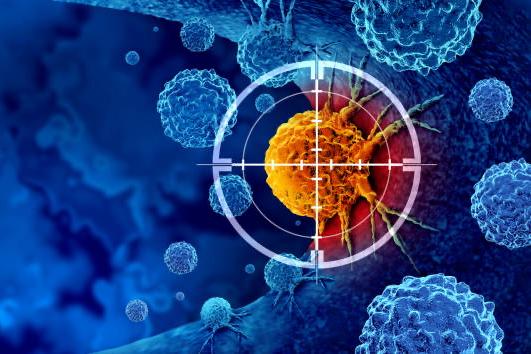
Many cancers have a hereditary component linked to specific gene mutations, such as in the BRCA1 and BRCA2 genes. Germline editing could correct these high-risk mutations, ensuring a child is born with a significantly reduced lifetime risk of developing certain cancers. Eliminating these predispositions from the human population would drastically reduce the overall cancer burden over several generations, offering a powerful, preemptive victory against one of humanity’s most persistent diseases.
10. Expanding Sensory Perception
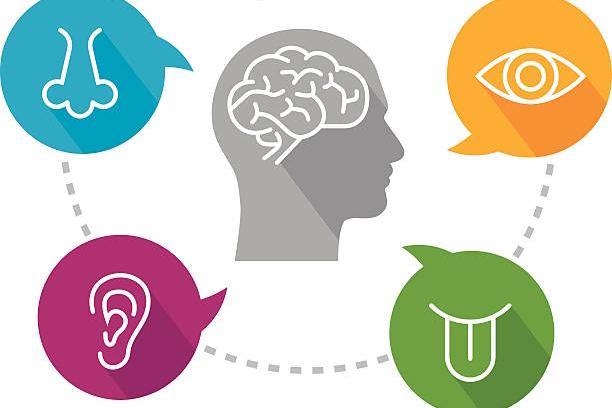
The human experience is limited by our sensory apparatus, but CRISPR could potentially alter this. Researchers could introduce gene variants from other species that confer enhanced abilities, such as modifying vision genes to allow for the perception of a broader spectrum of light (beyond the visible spectrum). This could expand human interaction with the environment and fundamentally change what it means to be a physically aware human being, essentially creating new forms of sensory Homo sapiens.
11. Customizing Appearance (Designer Babies)

A key ethical concern is the use of CRISPR for non-medical, aesthetic traits, the so-called “designer baby” scenario. While hair color, height, and eye color are multigenic and complex, advances in the technology could eventually allow parents to select for specific aesthetic outcomes in their offspring. If widely adopted, this practice would decouple these traits from natural sexual selection, instead making them subject to cultural preferences and economic trends, thereby redirecting a part of human evolutionary pressure.
12. Accelerating Healing and Regeneration

CRISPR could introduce or enhance genes involved in tissue repair and regeneration, allowing future humans to heal from injuries and trauma with unprecedented speed and efficiency. This capability, taken to an extreme, might even lead to the ability to regenerate lost limbs or severely damaged organs, mirroring traits seen in some animals. The selection pressure to survive injury would diminish, and the physical vulnerability of the human body would be drastically lowered.
13. Re-engineering Sleep Requirements

Natural human evolution has dictated a significant portion of our lives be spent in sleep. If genetic editing could reduce the biological requirement for sleep without negative health impacts, or drastically improve its restorative quality, it would effectively add years of wakefulness to a lifespan. This profound increase in productivity and available conscious time would have massive, cascading effects on cultural development, scientific progress, and individual evolution.
14. Improving Mental Health Resilience

Many mental health conditions, like schizophrenia and severe depression, have complex genetic underpinnings. Germline editing could target clusters of high-risk genes to confer a higher level of innate emotional and psychological resilience. The ultimate goal would be to reduce the incidence of severe, debilitating mental illnesses across populations, leading to an evolutionary shift toward a more robust and stable human psyche.
15. Reducing Allergic Responses

Allergies are a widespread and often debilitating set of conditions where the immune system overreacts to harmless substances. CRISPR could be used to edit the specific immune genes responsible for these hypersensitivities, essentially creating a generation free from common allergies to things like peanuts, pollen, or animal dander. This would not only improve quality of life but also change the evolutionary trajectory of the human immune system, which has been constantly shaped by its response to external elements.
16. Creating Inherent Radiation Resistance

In the event of space colonization or a greater reliance on nuclear technology, CRISPR could introduce genetic traits that bolster the body’s ability to repair radiation-induced DNA damage. By enhancing existing repair mechanisms, future generations could survive and thrive in environments, both terrestrial and extraterrestrial, that are currently considered too hostile for prolonged human life, marking a new phase in our species’ environmental adaptability.
17. Accelerating Adaptation to Space Travel

Long-duration space travel poses unique biological challenges, including bone density loss and muscle atrophy in low-gravity environments. CRISPR could pre-program changes, such as enhanced calcium retention or altered muscle fiber types, to make the human body better suited for life off-Earth. If this becomes widespread for space-bound populations, it would lead to a genuine evolutionary divergence between Homo sapiens remaining on Earth and those evolving in space.
18. Eliminating Genetic Load and Deleterious Alleles
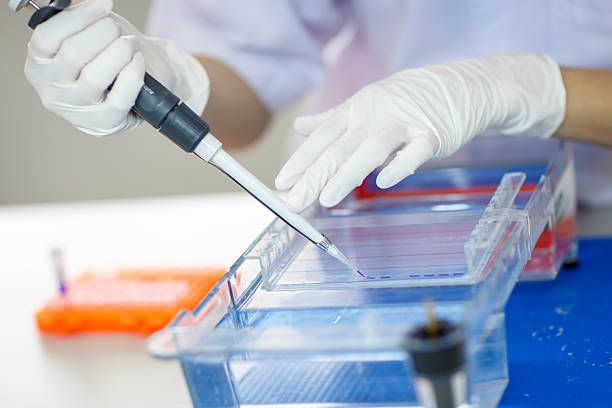
Every human carries a “genetic load” of slightly harmful or recessive disease-causing genes. Widespread germline editing could allow for the systematic removal of these deleterious alleles from the human gene pool over many generations. While completely eliminating genetic variation is undesirable, reducing the burden of clearly harmful mutations would represent a radical purging of inherited faults, making the human species inherently healthier and genetically “cleaner.”
19. Diversifying Human Skin Pigmentation

Skin pigmentation is a classic example of natural selection adapting human populations to varying levels of UV light. CRISPR could offer a level of choice and control over this trait, allowing for the decoupling of skin color from geography and solar intensity. If purely aesthetic or cultural choices guide this editing, it could disrupt a core mechanism of human evolutionary change and potentially challenge the social constructs historically built around racial differences.
20. Fostering a New Ethical and Regulatory Landscape

Perhaps the most profound evolutionary change will be the creation of the human who must decide how to evolve. The very existence of CRISPR forces humanity to collectively address unprecedented ethical, legal, and social questions about the limits of intervention in the germline. Our responses, the regulations we establish, the access we allow, and the moral boundaries we enforce, will determine whether this powerful tool leads to a more equitable and healthy future or to a new era of genetic inequality, thereby evolving our societal and moral structures alongside our genes.
This dialogue is only just beginning, and its outcome concerns all of us.
This story 20 Stunning Ways CRISPR Could Rewrite Human Evolution was first published on Daily FETCH


